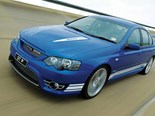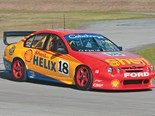2000-2002 Ford Falcon AU-BFII XR8 - Buyer's Guide



|
Buyer resistance to the AU Falcon's charms was about looks, not fundamental issues - its styling is now viewed more kindly
Ford Falcon AU-BFII XR8
For a long time it seemed that the AU XR8 would remain a pariah and even cars that were carefully preserved would have their lives abruptly ended by a crusher.
Then a few years back, people suddenly took an interest in later versions of the AU. While you wouldn’t say the weirdly-shaped Ford had become a cult car there were buyers willing to spend better than BA money to get themselves into something a little older but more distinctive.
| 2019 Market Review - Ford Falcon/Fairmont/XR6 AU-BF
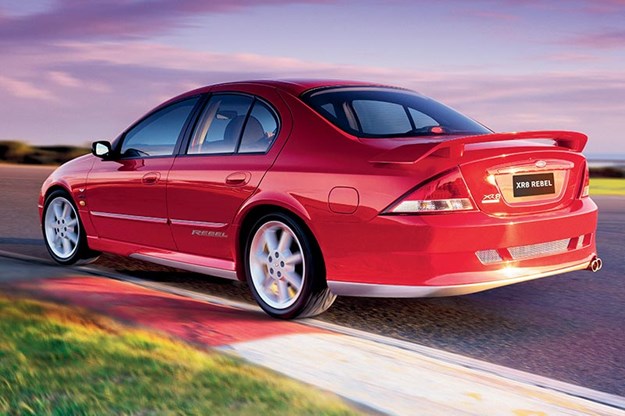
The AU II that launched in April 2000 fixed pretty much everything that was wrong with the original AU and even had a bash at diffusing criticism of the styling. The original shape was memorably described to me by a former Ford salesman some years ago as "looking like a turd with teeth".
Changes to the AU II’s body structure, suspension and brakes improved the range and produced a more viable platform for performance models. Most significant were new engine mounts and a laminated fire-wall that dramatically reduced vibration.
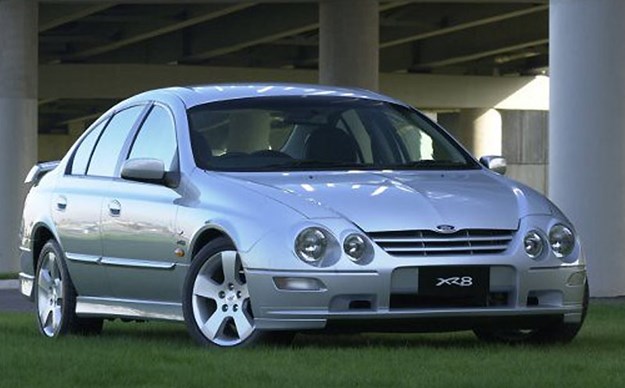
The distinctive four-light front remained but with the AU II came a neat two-bar grille and scalloped bonnet. The bumper/air-dam was modified to include additional air-ducts, while a single-deck spoiler and reshaped tail-lights helped disguise a rear-end that had originally caused much controversy.
Inside were upgraded seats and standard dual air-bags, a six-stack CD player and optional satellite navigation. SmartShield security replaced the often-unreliable Smart Lock central locking/security system.
| Ford Falcon history: AU, BA, BF series

Immediate good news for AUII buyers was a boost in power. Initially the XR8 sedan was upped from 185kW to 200kw, rising by a further 20kW from mid-2001. Utilities stuck with the 185kW motor until March 2001 when they also received a 15kW power increase. The AU III ute would also find space for a touring-friendly 82-litre fuel tank.
The AU III XR8 ran from November 2001 until replaced by the BA. It continued with the 220kW engine and cast-aluminium heads that were matched to balanced engine internals. A new throttle body delivered improved throttle response.
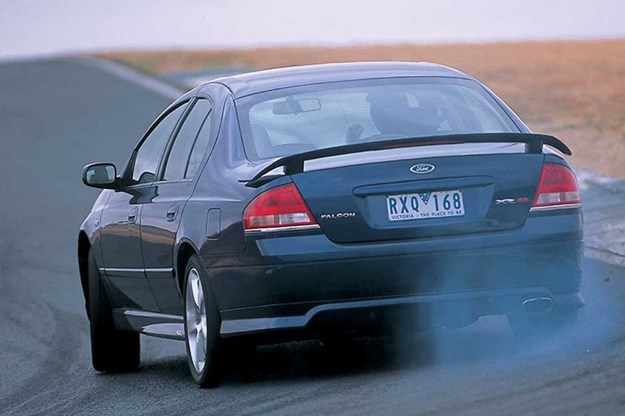
Scarcity and performance have encouraged Ford enthusiasts to seek and out and pay increasing prices for five-speed manual cars. The disadvantage they then suffer is with lower overall gearing that has the engine revving around 2400rpm when doing a constant 110km/h and the consequent affect on fuel consumption.
Manual sedans and utilities can get into the 10L/100km region but traffic or being pushed along with frequent use of the gears see them slurping at 15-18L/100km.
| Read next: 2000 DJR Falcon AU V8 supercar
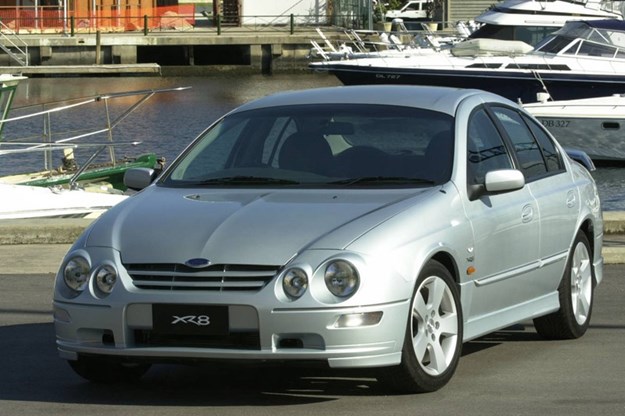
AU II XR8 automatic sedans showing more than 200,000 kilometres and in average condition can cost less than $5000. They provide interesting transport but virtually no prospect of value growth.
Look harder – because these are not easy to find – for a five-speed manual car that has travelled 100-125,000 kilometres and the price quickly soars towards $20,000.
Checking the log-books and service history is essential. You may not want to be paying top money for a vehicle that copped a commercial flogging when new or began life with flashing lights on the roof and a radar unit hooked to the driver’s pillar.
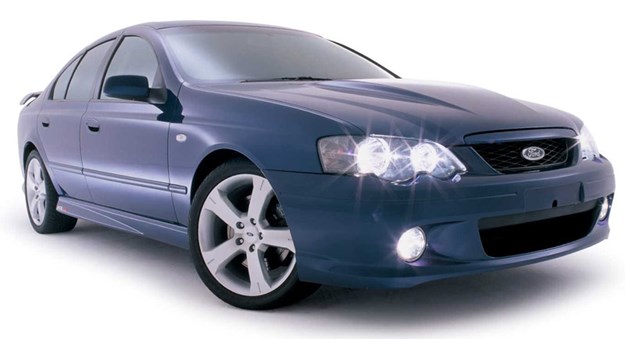
BUYER'S CHECKLIST
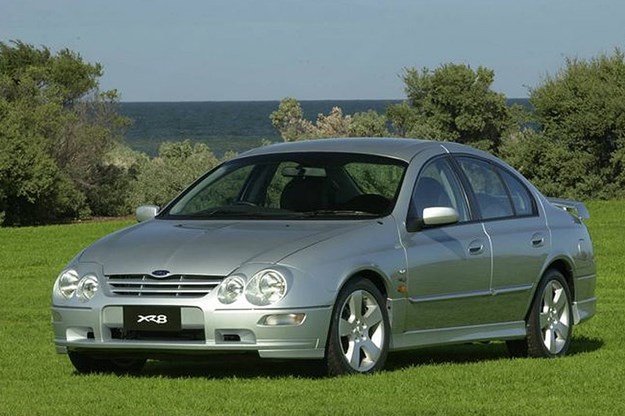

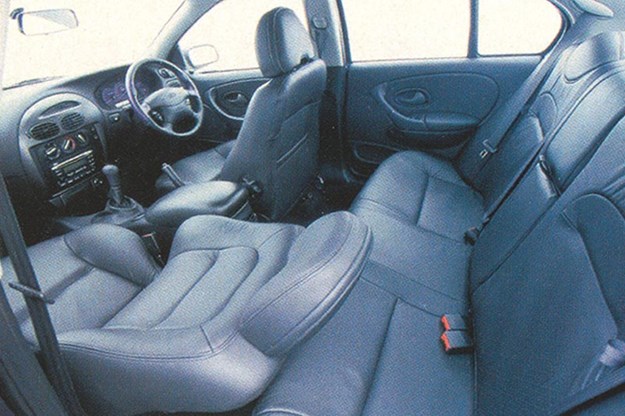
Unique Cars magazine Value Guides
Sell your car for free right here
Get your monthly fix of news, reviews and stories on the greatest cars and minds in the automotive world.
Subscribe

.jpg)

![2005 FORD FALCON BF XR8 Sedan 4dr Spts Auto 6sp, 5.4i [Oct]](http://assets.primecreative.com.au/imagegen/cr/100/75/assets/momoads/2024/08/20/231723/307_1.jpg)










